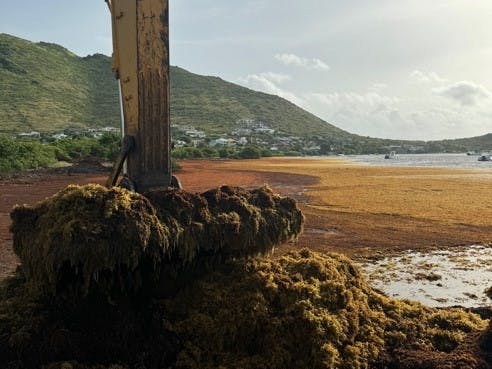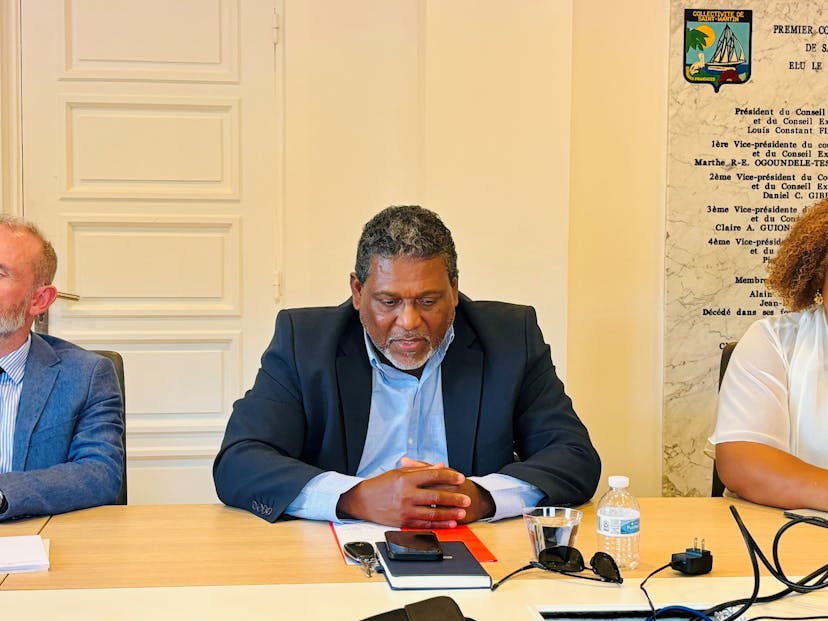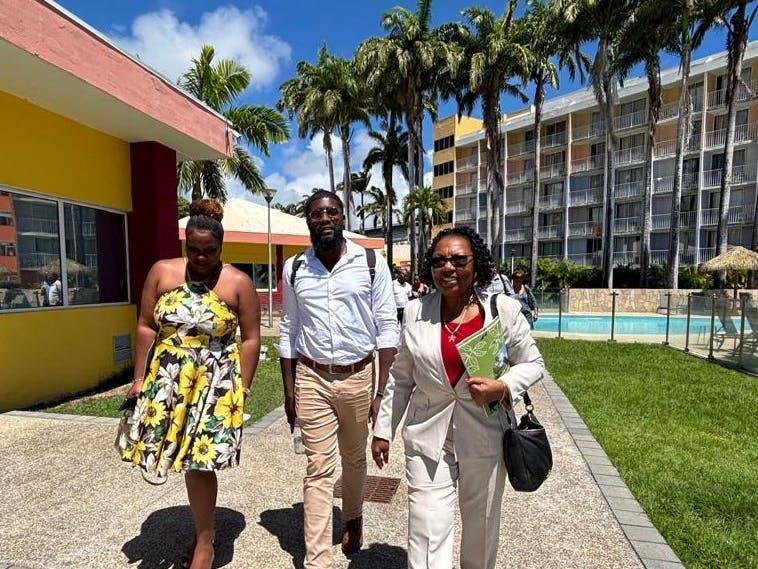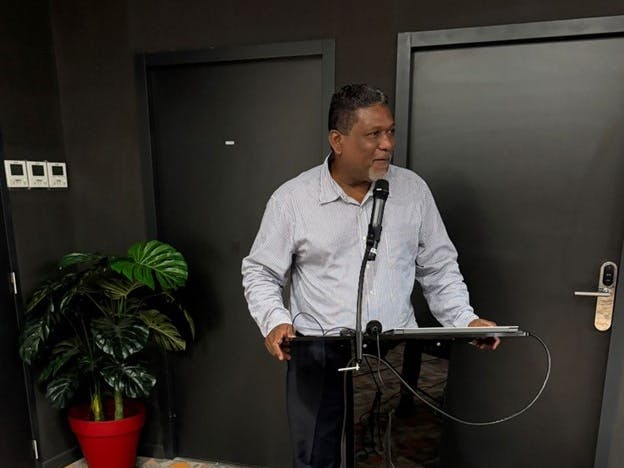Environment: the fight against sargassum algae at the heart of priorities
The Collectivité of Saint-Martin, under the leadership of the 2nd Vice-President Bernadette DAVIS, mobilized last week to combat the stranding of sargassum algae.
 Photo: The Collectivité of Saint-Martin
Photo: The Collectivité of Saint-MartinSecuring economic activity in Cul de Sac Bay
On June 29 and 30, the east coast of Saint-Martin was once again impacted by the first massive strandings of sargassum seaweed. Since the end of June, other strandings have affected our coasts.
Since that date, the Collectivité has launched its new public contract for the collection and disposal of Sargassum algae, in force since July 1. The Collectivité's service providers, notified under this contract, are mobilized 7/7 to assume their responsibilities as quickly as possible, thus avoiding serious consequences in terms of public health and environmental impact.
Although some nuisances persist, this significant mobilization now allows us to consider that the risks are under control and that the majority of the sargassum washed up on the coast has been removed from each of the sites, using appropriate methods.
The Collectivité of Saint-Martin would like to thank:
- Service providers for the quality of their action, their responsiveness and their involvement,
- The company VERDE SXM which has agreed to keep the ISDND site in Grandes Cayes operational beyond normal hours to allow the continuous flow of algae evacuation,
- Local residents and the Anti-Sargasso Collective, aware of the strong mobilization of the Collectivité.
The Collectivité indicates that its Executive Council has authorized the signing of a State/ Collectivité agreement as part of the fight against sargassum algae.
The Collectivité de Saint-Martin thus wishes to request BOP 123 from the Ministry of Overseas Territories for €170,000, or 100% of the financing needs necessary to secure economic activity in Cul de Sac Bay while directing the flow of algae towards a reduced collection point, and reducing the volumes of sargassum entering the fish pond.

Conférence de Presse conjointe EDF-ETAT-COM : point de situation énergie à Saint-Martin

Sustainable development: Saint-Martin is committed to flood prevention and the preservation of aquatic environments

